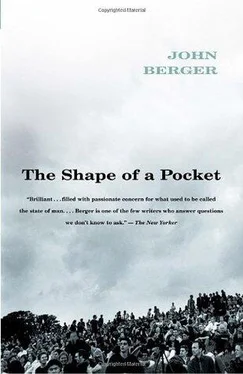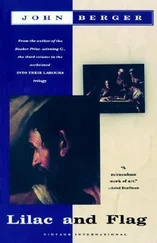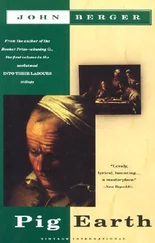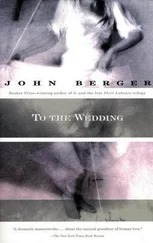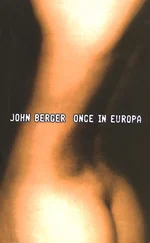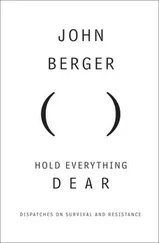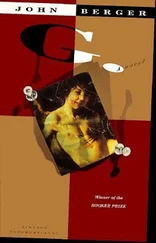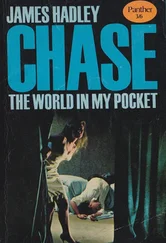Last week I was looking at Aesop in Madrid, in the same room as the head of a deer, in the same life as Willesden and a children’s swimming pool.
Tell me how you are.
I salute you! (Incorrigible Latin that I am in my exuberance, blackness notwithstanding.) John.
PS: What sort of music do you like?
Dear John,
Thank you for your letter. I am still thinking about ‘thereness’ and the Velazquez portrait of Aesop. Referring to a book on the artist I noticed that the author writes ‘the picture is by no means a portrait but rather an amalgam of literary and visual sources successfully disguised under a veneer of realism’. Art historians can get away with anything! So I went back to Pacheco, the painter and father-in-law of Velazquez — who wrote — ‘I keep to nature for everything and in the case of my son-in-law who follows this course one can see how he differs from all the rest because he always works from life’, and later ‘those who have excelled as draughtsmen will excel in this field’ (portraits).
Reading Pacheco, one realises that Velazquez must have been drawing continuously and it becomes possible to begin to understand how the image of Aesop might have emerged in a few moments at the end of a long day’s painting, as the artist turned away from the work he was engaged upon, to encounter this extraordinary person who had entered the studio. Velazquez was the ultimate example of the artist working at speed turning drawing into painting like Degas and Manet after him. Drawing from life in paint becomes ‘thereness’.
And there’s something else — the effort of your friend Barceló on behalf of the blind reminds me that recently I heard a blind man talking on the radio about his experience of light. He said: ‘Reassuring, encouraging people makes a kind of light.’ (I know this is not what you are saying but doesn’t ‘touch’ produce a kind of light also?) This blind man knew somehow that light would occur through the deepening of his relationship with the outside world. And so it is with painting. It is impossible to set out to paint light. Light in a painting makes its own appearance. It occurs as a result of a resolution of the relationships within the work. The painter might be driven by anxiety but the light in the final work (I’m thinking of Cezanne) is as much a surprise to him as it is a delight to us. In a sense, before the work is resolved, the painter is, in a certain way, blind.
It is possible we become more ‘Latin’ as we grow older. In my case I wish it was the other way round. Perhaps not. These days I feel I should have been born nearer the Mediterranean in the first place.
Yours, Leon
Is it still possible to write more words about him? I think of those already written, mine included, and the answer is ‘No’. If I look at his paintings, the answer is again — for a different reason — ‘No’; the canvases command silence. I almost said plead for , and that would have been false, for there is nothing pathetic about a single image he made — not even the old man with his head in his hands at the gates of eternity. All his life he hated blackmail and pathos.
Only when I look at his drawings does it seem worthwhile to add to the words. Maybe because his drawings resemble a kind of writing, and he often drew on his own letters. The ideal project would be to draw the process of his drawing, to borrow his drawing hand. Nevertheless I will try with words.
In front of a drawing, drawn in July 1888, of a landscape around the ruined abbey of Montmajour near Aries, I think I see the answer to the obvious question: Why did this man become the most popular painter in the world?
The myth, the films, the prices, the so-called martyrdom, the bright colours, have all played their part and amplified the global appeal of his work, but they are not at its origin. He is loved, I said to myself in front of the drawing of olive trees, because for him the act of drawing or painting was a way of discovering and demonstrating why he loved so intensely what he was looking at, and what he looked at during the eight years of his life as a painter (yes, only eight) belonged to everyday life.
I can think of no other European painter whose work expresses such a stripped respect for everyday things without elevating them, in some way, without referring to salvation by way of an ideal which the things embody or serve. Chardin, de la Tour, Courbet, Monet, de Staël, Miro, Jasper Johns — to name but a few — were all magisterially sustained by pictorial ideologies, whereas he, as soon as he abandoned his first vocation as a preacher, abandoned all ideology. He became strictly existential, ideologically naked. The chair is a chair, not a throne. The boots have been worn by walking. The sunflowers are plants, not constellations. The postman delivers letters. The irises will die. And from this nakedness of his, which his contemporaries saw as naivety or madness, came his capacity to love, suddenly and at any moment, what he saw in front of him. Picking up pen or brush, he then strove to realise, to achieve that love. Lover-painter affirming the toughness of an everyday tenderness we all dream of in our better moments and instantly recognise when it is framed …
Words, words. How is it visible in his practice? Return to the drawing. It’s in ink, drawn with a reed-pen. He made many such drawings in a single day. Sometimes, like this one, direct from nature, sometimes from one of his own paintings, which he had hung on the wall of his room whilst the paint was drying.
Drawings like these were not so much preparatory studies as graphic hopes; they showed in a simpler way — without the complication of handling pigment — where the act of painting could hopefully lead him. They were maps of his love.
What do we see? Thyme, other shrubs, limestone rocks, olive trees on a hillside, in the distance a plain, in the sky birds. He dips the pen into brown ink, watches, and marks the paper. The gestures come from his hand, his wrist, arm, shoulder, perhaps even the muscles in his neck, yet the strokes he makes on the paper are following currents of energy which are not physically his and which only become visible when he draws them. Currents of energy? The energy of a tree’s growth, of a plant’s search for light, of a branch’s need for accommodation with its neighbouring branches, of the roots of thistles and shrubs, of the weight of rocks lodged on a slope, of the sunlight, of the attraction of the shade for whatever is alive and suffers from the heat, of the Mistral from the north which has fashioned the rock strata. My list is arbitrary; what is not arbitrary is the pattern his strokes make on the paper. The pattern is like a fingerprint. Whose?
It is a drawing which values precision — every stroke is explicit and unambiguous — yet it has totally forgotten itself in its openness to what it has met. And the meeting is so close you can’t tell whose trace is whose. A map of love indeed.
Two years later, three months before his death, he painted a small canvas of two peasants digging the earth. He did it from memory because it refers back to the peasants he painted five years earlier in Holland and to the many homages he paid throughout his life to Millet. It is also, however, a painting whose theme is the kind of fusion we find in the drawing.
The two men digging are painted in the same colours — potato brown, spade grey and the faded blue of French work clothes — as the field, the sky and the distant hills. The brush strokes describing their limbs are identical to those which follow the dips and mounds of the field. The two men’s raised elbows become two more crests, two more hillocks, against the horizon.
Читать дальше
